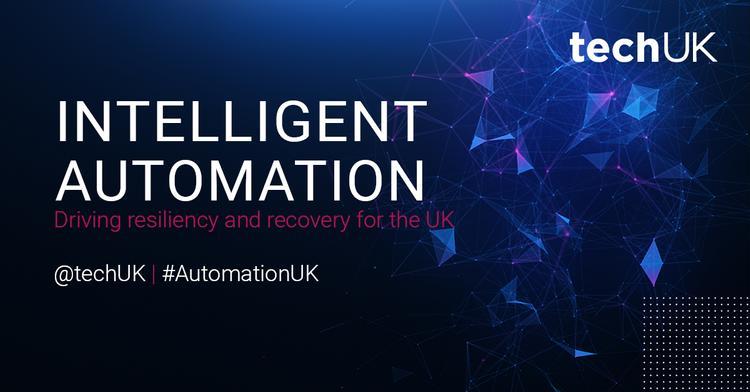Automating Government IT - in the pandemic and beyond

During the first lockdown, many government departments were forced to operate shift-based systems - one team in one week, the other in the next. Without a full complement of staff, departments were unable to perform at full capacity. IT teams, especially, were often unable to carry out every task required of them. Insufficient resources meant that operating systems could go unpatched, while any programmes that were considered unnecessary were abandoned, and anything that could be left to a future date was quietly shelved. But those departments that had started on their automation journey were able to maintain full-service capability - even with fewer people.
The same thing is happening in this current lockdown. This time, however, lessons have been learned, and more departments are asking how automation can help them to keep the lights on, and ensure they’re able to continue operating as normal under such unusually trying conditions.
The heart of the issue
Once considered a “nice to have”, the use of AI and automation to replace the vast amounts of repetitive and time-consuming manual work involved in managing an IT system was often deemed to be too expensive for a government department’s budget. Attitudes toward automation have changed over time, however, especially in light of the value it has demonstrated in the private sector, in areas like manufacturing, for instance, as well as in public sector organisations.
In the past, departments tended to operate discrete platforms, with applications strictly locked to either Windows or Linux, rarely both together - and this could prove costly. The demands of managing an MS SQL server and an SAP database meant there could be twice as many people as were needed. What’s more, a dependence by certain areas of government on legacy technology means that some departments use servers that are almost 40 years old. It takes a lot of people and a lot of time to maintain these legacy systems, and ensure the physical platform is working and kept up-to-date.
This was at the heart of the issue for many departments. Only three years ago, according to Gartner, enterprises spent up to 85 percent of their IT budgets just “keeping the lights on”, leaving little room for essential innovation. It’s here, then, with limited budget and not enough people - especially in the current circumstances - that automation goes from being “nice to have” to being of potentially the greatest importance to government IT teams.
Automating the British Army’s IT
The British Army serves as a good illustration of the benefits that automation can offer to a government department. The small team responsible for managing hundreds of Windows, Linux, and Oracle database servers found themselves overwhelmed by the ongoing list of tasks they faced. In short, they weren’t able to maintain the servers.
Drift, too, was a problem. An application can look and behave differently when it’s running to when it was first installed, but inconsistencies across different servers and networks can soon lead to a number of different views, versions, and footprints. For the Army, this level of drift was both inefficient and unproductive.
Automating these systems made them far easier to manage. For one thing, it offered consistency, by making every single platform universal. Whether it was Windows, Linux, Oracle, or any other platform, automation meant they could all be managed as one entity and, importantly for security, all with the same level of controls in place.
And they required fewer people to manage. Instead of a team struggling to manage everything, it now only took three or four people to keep the entire system rolling. With a safe, secure, and highly automated platform in place, the Army’s IT teams could enjoy an environment where everything worked, and in which they had valuable time to focus on new capabilities and innovation.
Doing so much more
Fundamentally, automation allows IT teams to find better ways of getting things done - further, faster, and cheaper - all essential benefits to government departments, especially during the global pandemic.
Anyone that works in government will know that all departments need more budget, and more people! Indeed, in Scotland, as in every other devolved government, it can be hard to find the right people with the right skills in the right places. Managing various different legacy systems can, therefore, be challenging and costly. But with automation in place, departments can do so much more than just maintain standard operations.
Automation is no longer a “nice to have” for government organisations. It’s essential for the continuing delivery of public services.
You can read all insights from techUK's Intelligent Automation Week here

Rory Daniels
Rory joined techUK in June 2023 after three years in the Civil Service on its Fast Stream leadership development programme.

Laura Foster
Laura is techUK’s Associate Director for Technology and Innovation.

Elis Thomas
Elis joined techUK in December 2023 as a Programme Manager for Tech and Innovation, focusing on AI, Semiconductors and Digital ID.







